Dragonflies and their daintier cousins, damselflies, are such fixtures of warm, sunny Hudson Valley days that perhaps you’ve taken them for granted. Come late spring and early summer, they seem to be just about everywhere (especially if you live near water). In fact, there are close to 200 species of odonates — Odonata being the order to which these insects belong — in New York State. Worldwide, around 5,000 are known to exist. And their lives are quite complex.
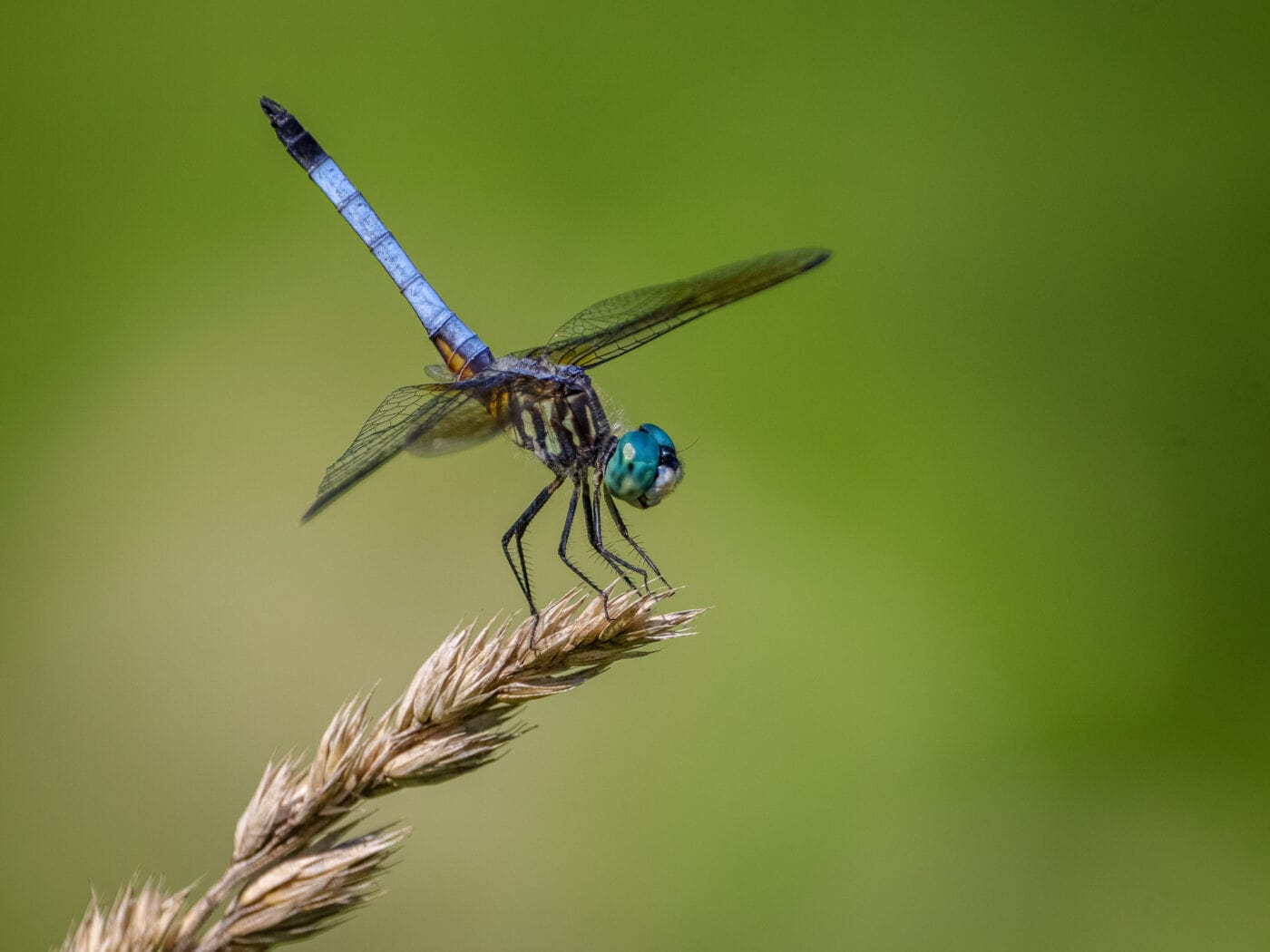
Dragonflies have an expansive evolutionary history, their physiology fine-tuned over hundreds of millions of years. Recent efforts in gene sequencing have traced the Odonata insects’ presence on Earth as far back as 200 million years. In some form, dragonflies and damselflies lived among the dinosaurs, with several species that have since gone extinct showing up in the fossil record.
Today we’re most likely to encounter them as they zip around in the air (more on that later), but these insects spend the bulk of their lives as larvae in the water, where they can be among the most formidable invertebrate predators around.
Thanks to a long, hooked mouthpart that extends much like an arm from an elbow, they can snatch prey from far out in front of their bodies. If you’ve seen it up close, well, let’s just say we’re grateful they’re so tiny.
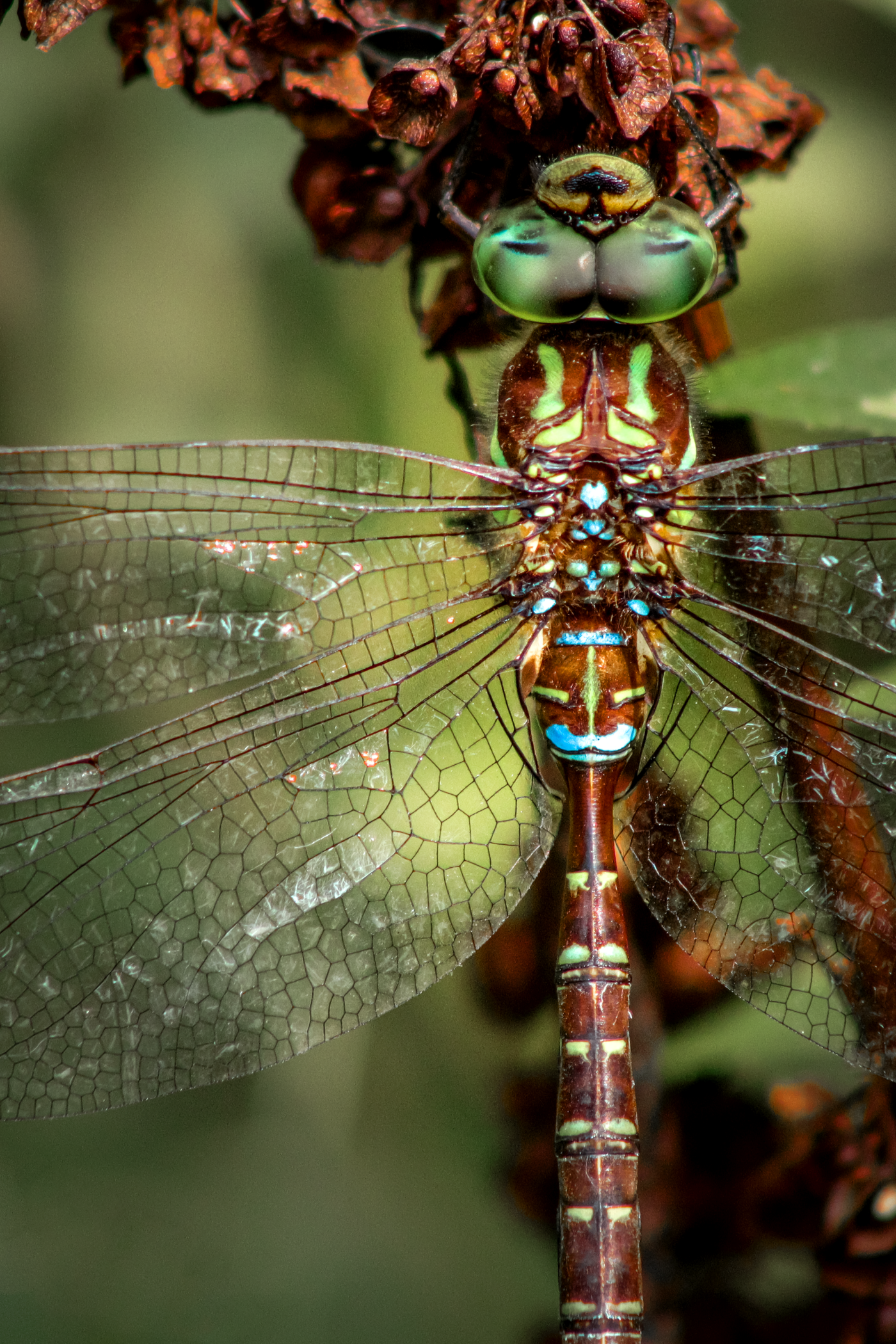
To us, though, these insects are harmless, and their presence can reveal a lot about the health of a given body of water, explains Frank Beres, an ecologist who’s developed a passion for nature photography. Among his specialties? Dragonflies.
Dragonfly species tend to live in slow-moving bodies of water like lakes and ponds, though some are known to live in faster streams, and are more or less “indicators of water quality.”
“The cleaner that stream,” Beres says, “the more diverse species can live there. Some can live in clean water and some can live in dirty water, but if you have water with some source of pollution in it, you’re not going to find the ones that live in only clean water.
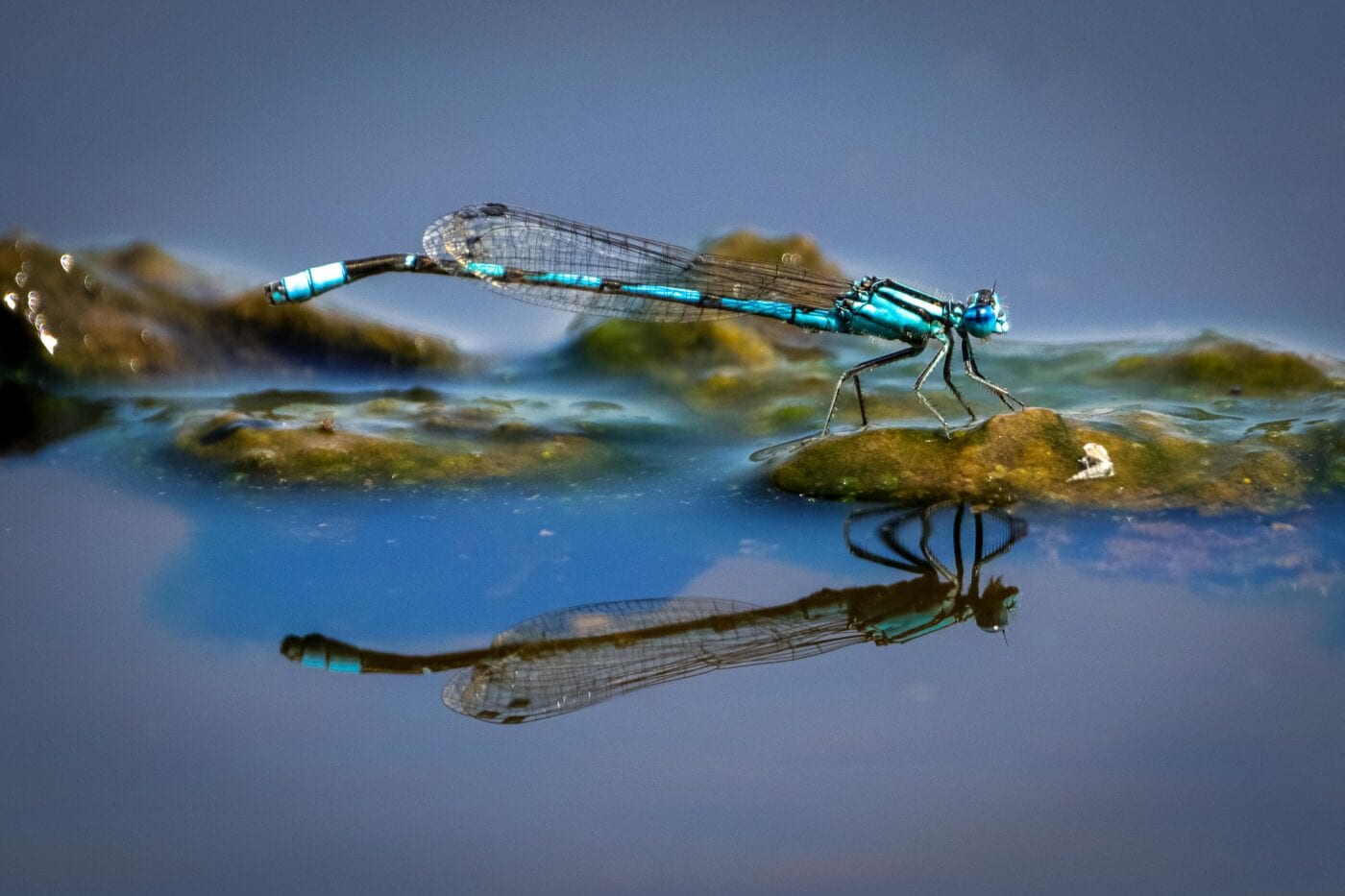
“Dragonflies are aquatic insects. They spend so much of their lives in the water, and then kind of a brief time flying around as we know them as adults.”
Adults, too, are designed to be ultra-efficient hunters. Once they’ve developed fully and leave the water, emerging anew from the exoskeleton of their former nymph stage, almost everything is done in the air.
“Everything about them is basically built to track and capture insects, from the spines on their arms to the way that their legs fold up, to the way that their mouth works,” said Beres. “It’s all built to be an aerial predator.”
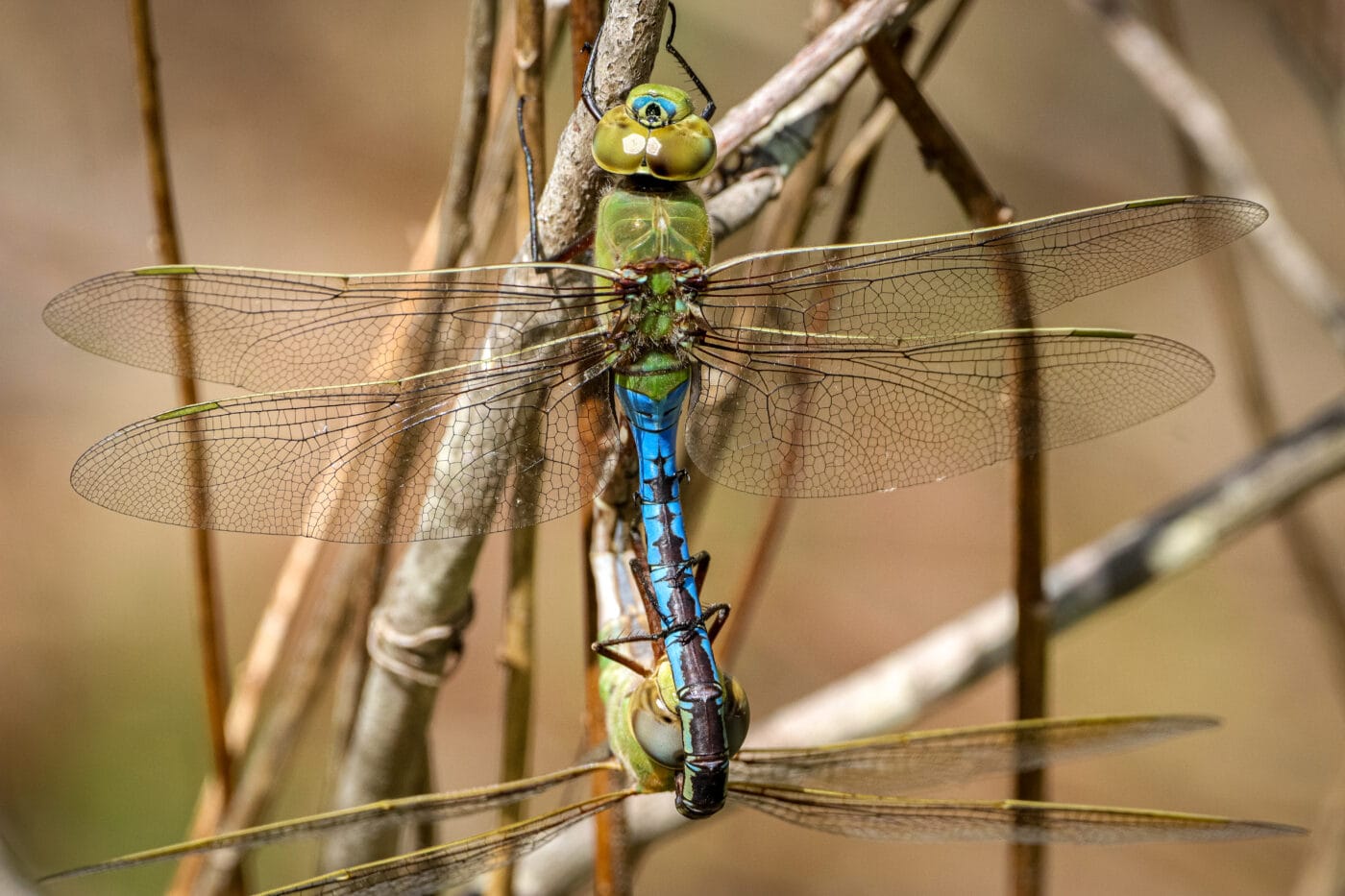
Naturally, they’re quite the aerial performers, as well. If they’re on the hunt, dragonflies can reach speeds upwards of 33 miles per hour and high-speed imaging has shown they can do complex maneuvers to course correct if something throws them off — even when they’re unconscious. A study published last year confirmed that they do backflips (or “pitching”) to right themselves in situations where they’ve been knocked upside down.
They’re also known to fly backward, and can alter the motion of their wings to either sync up or alternate to conserve energy. This efficiency allows some species, it’s suspected, to migrate thousands of miles across entire oceans.
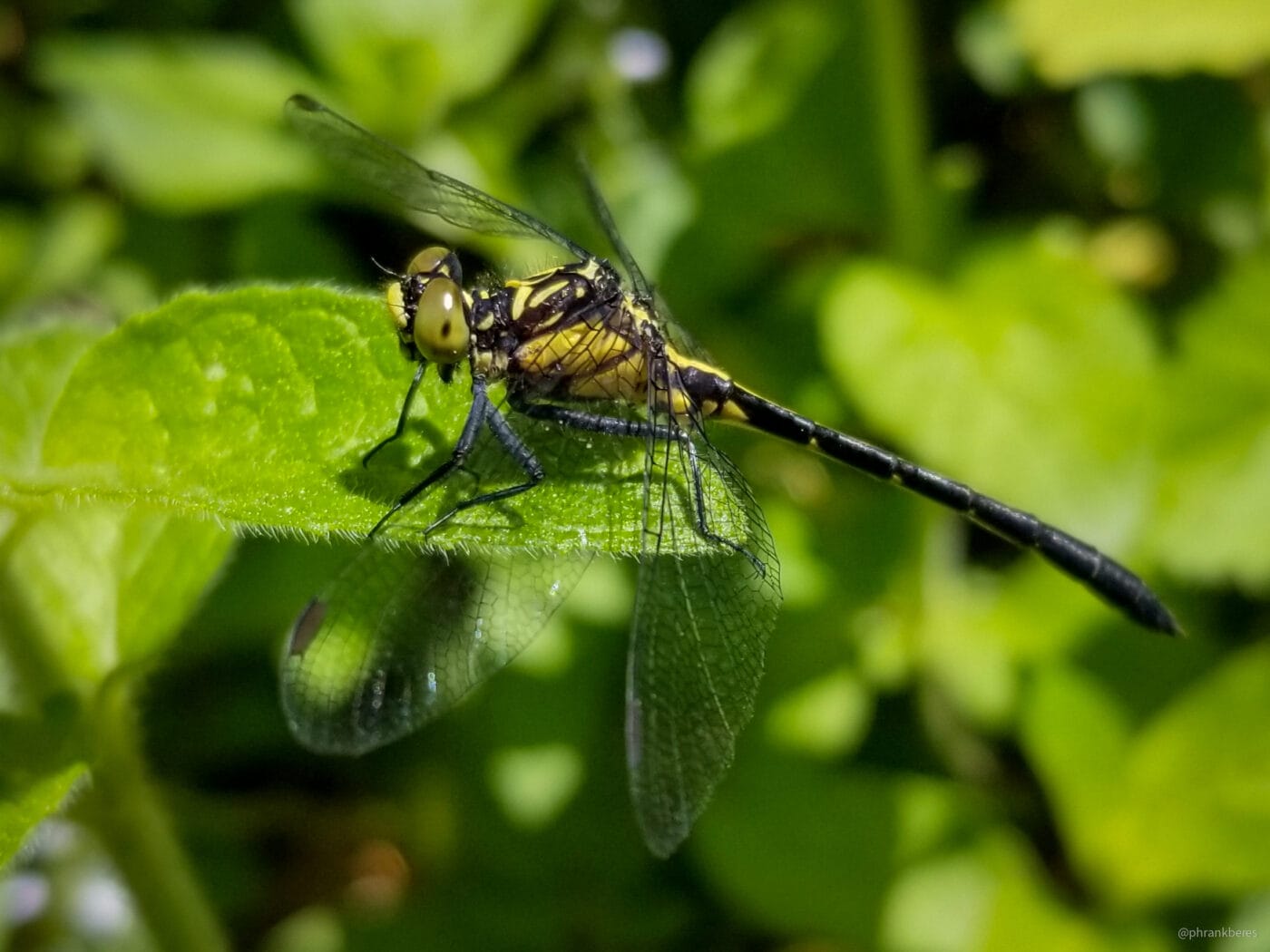
Even the way they lay their eggs is astounding. “Basically all of their eggs are laid in or near water, either injected in the stems of plants for some groups, or tapped onto the surface of the water, where they sink down,” Beres explains. Damselflies and a group of dragonflies known as the darners (like a darning needle) are known to do the former method, called endophytic oviposition, using their reproductive organs “like surgical tools” to “cut into the tissues of plants and guide the eggs” inside.
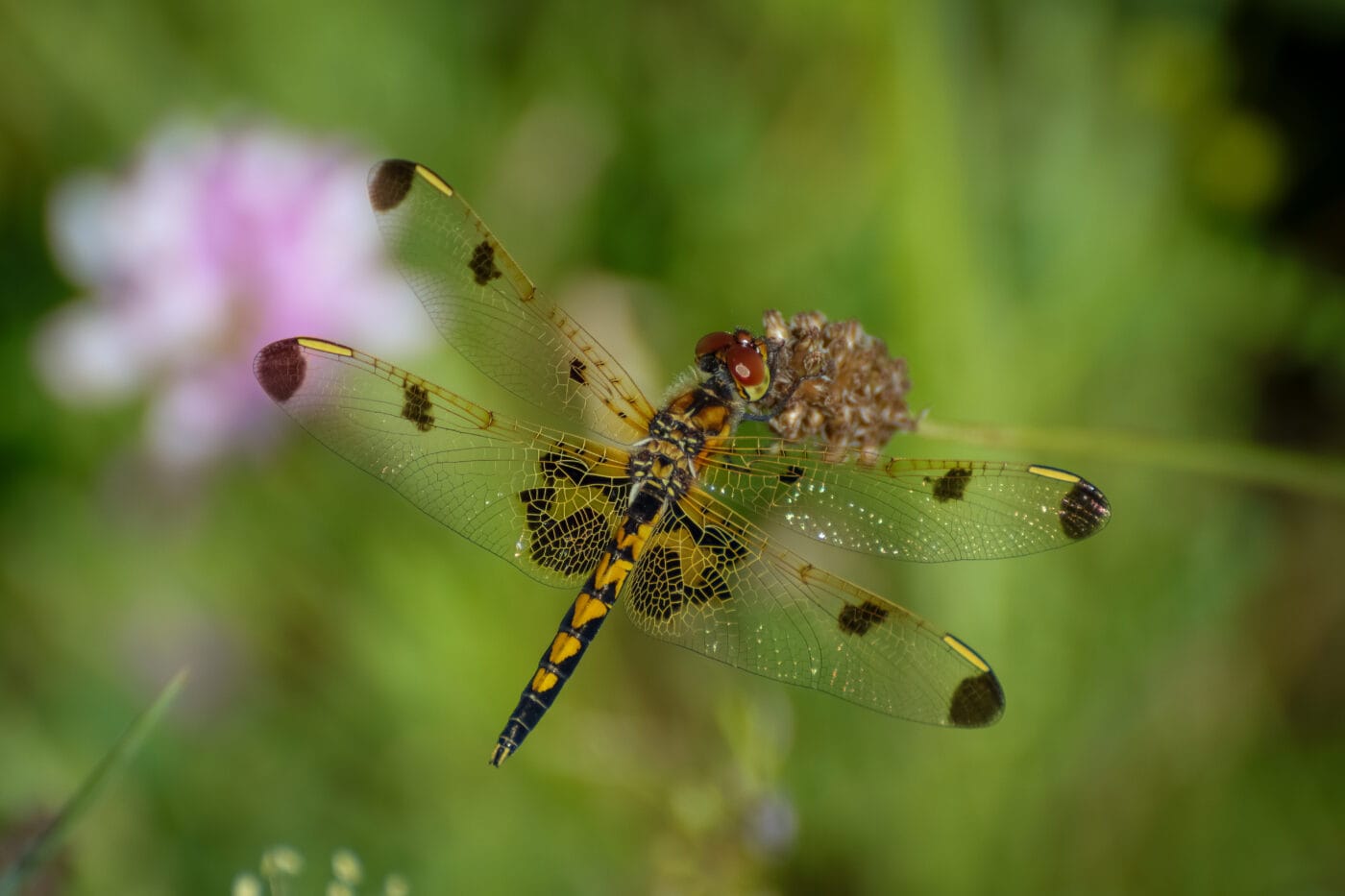
Of course, there’s also a much simpler reason to be enthralled with dragonflies: they’re beautiful.
Scrolling through Beres’ close-ups on Instagram, you’ll see the striking red-splashed wings of the Calico pennant, whose abdomen (in males) is adorned with what appears to be a single-file line of hearts. Or the namesake wing markings of the black saddlebags. The twelve-spotted skimmer, with its rows of fluffy black and white spots, might make you do a double-take. In 2019, he even documented an elusive, “critically imperiled” species, the Southern pygmy clubtail, in the Catskills.
The Hudson Valley — and New York, on the whole — hosts a fair amount of odonate diversity.
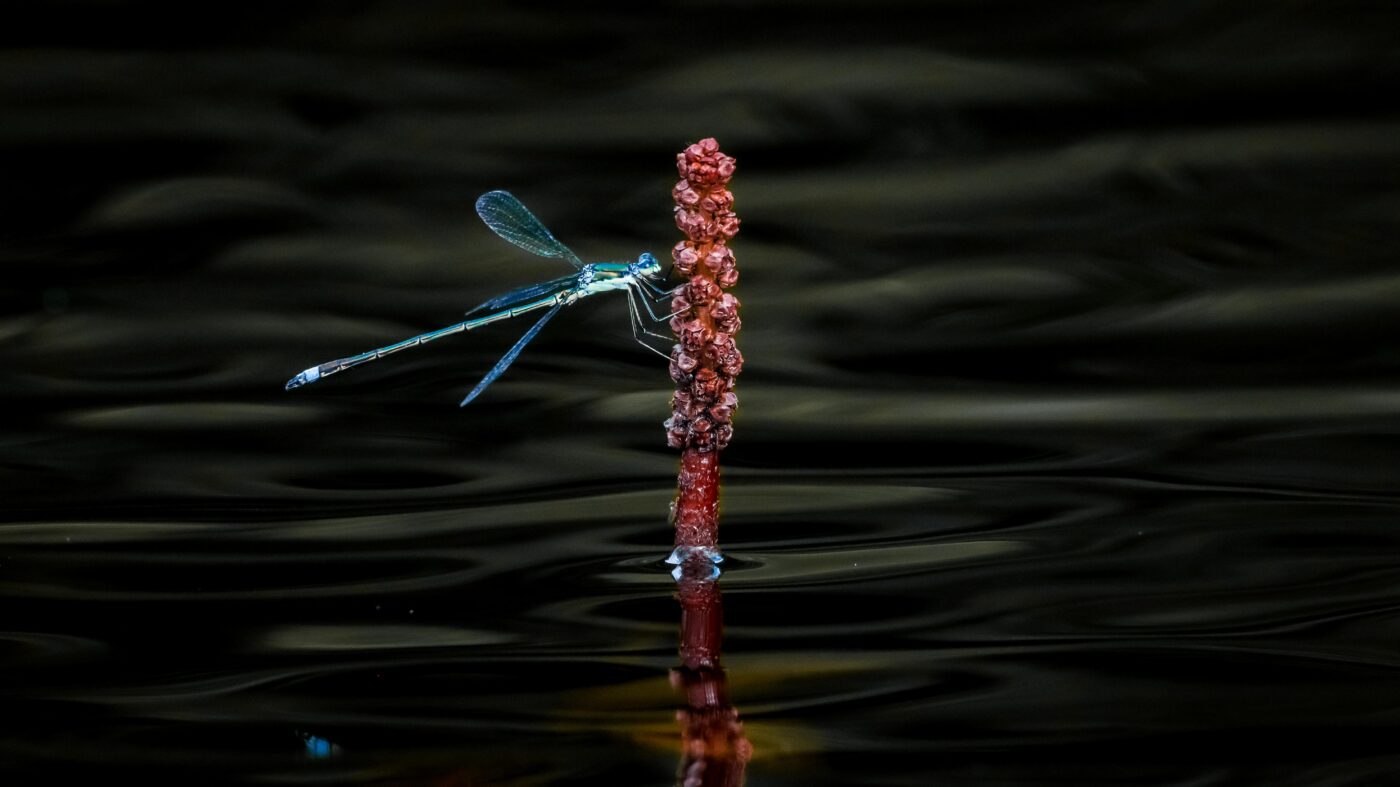
Thanks to a massive survey conducted by the New York Natural Heritage Program between 2005 and 2009, we have a much better idea of which species call our swath of land home than in the past. Of the 194 species identified in that count over the course of more than 4,000 individual surveys, many conducted by citizen scientists, 65 local odonate species are classified as rare, according to Erin White, a SUNY College of Environmental Science and Forestry zoologist who works with NYNHP.
In an email, she wrote that “The Hudson River and its tributaries in particular [are] home to a number of rare riverine dragonflies found few other places in the state, including the russet-tipped clubtail and the cobra clubtail.” There’s also “the gray petaltail and arrowhead spiketail in the lower Hudson Valley watershed.”
As these insects are dependent on the water sources to thrive, human factors like deforestation, pollution, construction, and other forms of waterway disruption can all pose threats, she noted. So too can the effects of climate change and the introduction of invasive species. “The adults depend on surrounding forest habitats around water breeding sites to forage, roost, and mature.”
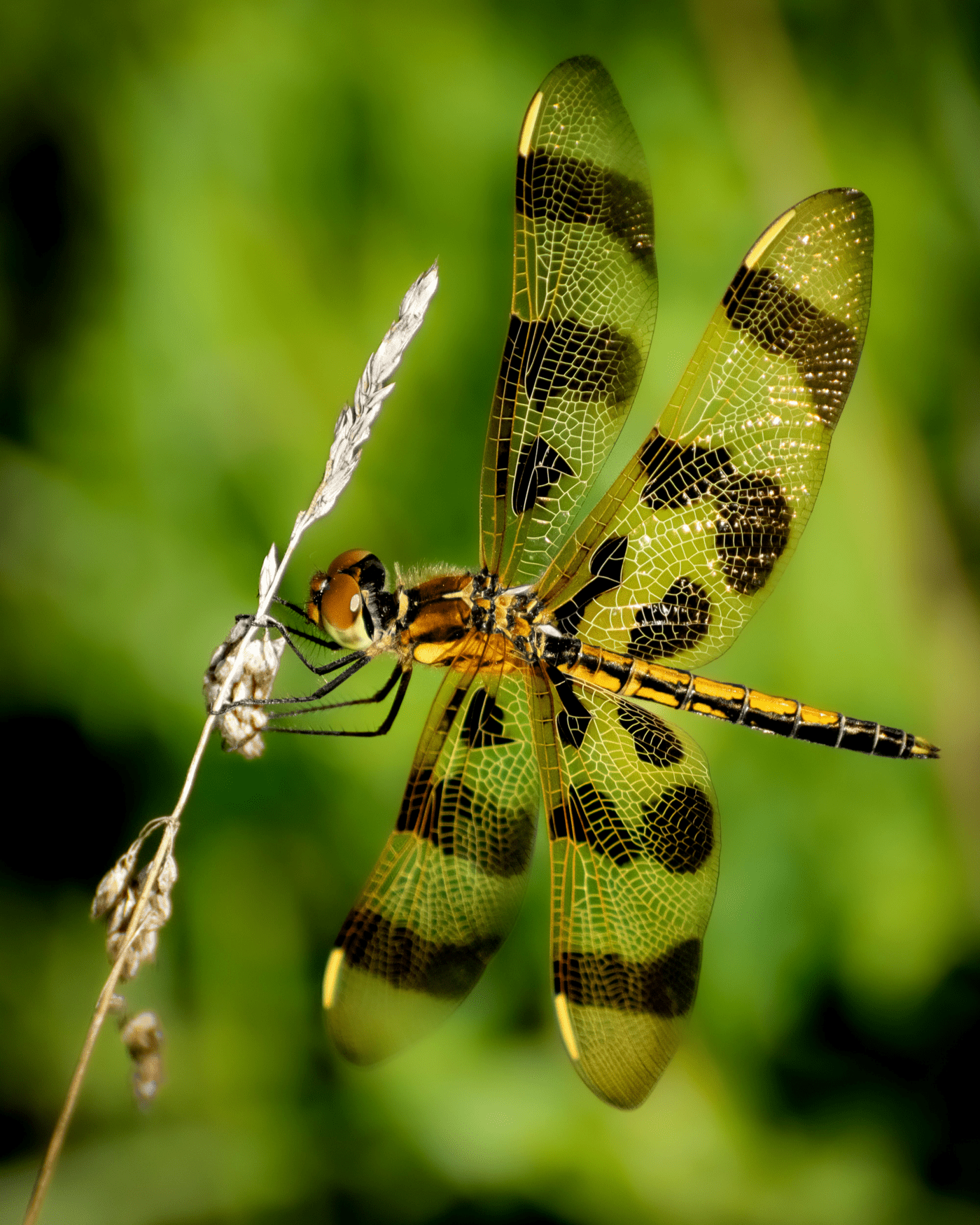
With warm weather ahead, dragonflies and damselflies will soon be gearing up for their most active seasons. Next time one flits past you, take a moment to appreciate these living marvels. Or, better yet, snap a photo — you just might capture a rare one.
Hobbyists can upload images to iNaturalist or Odonata Central to add to the growing pool of knowledge, and tap others’ expertise for identification.